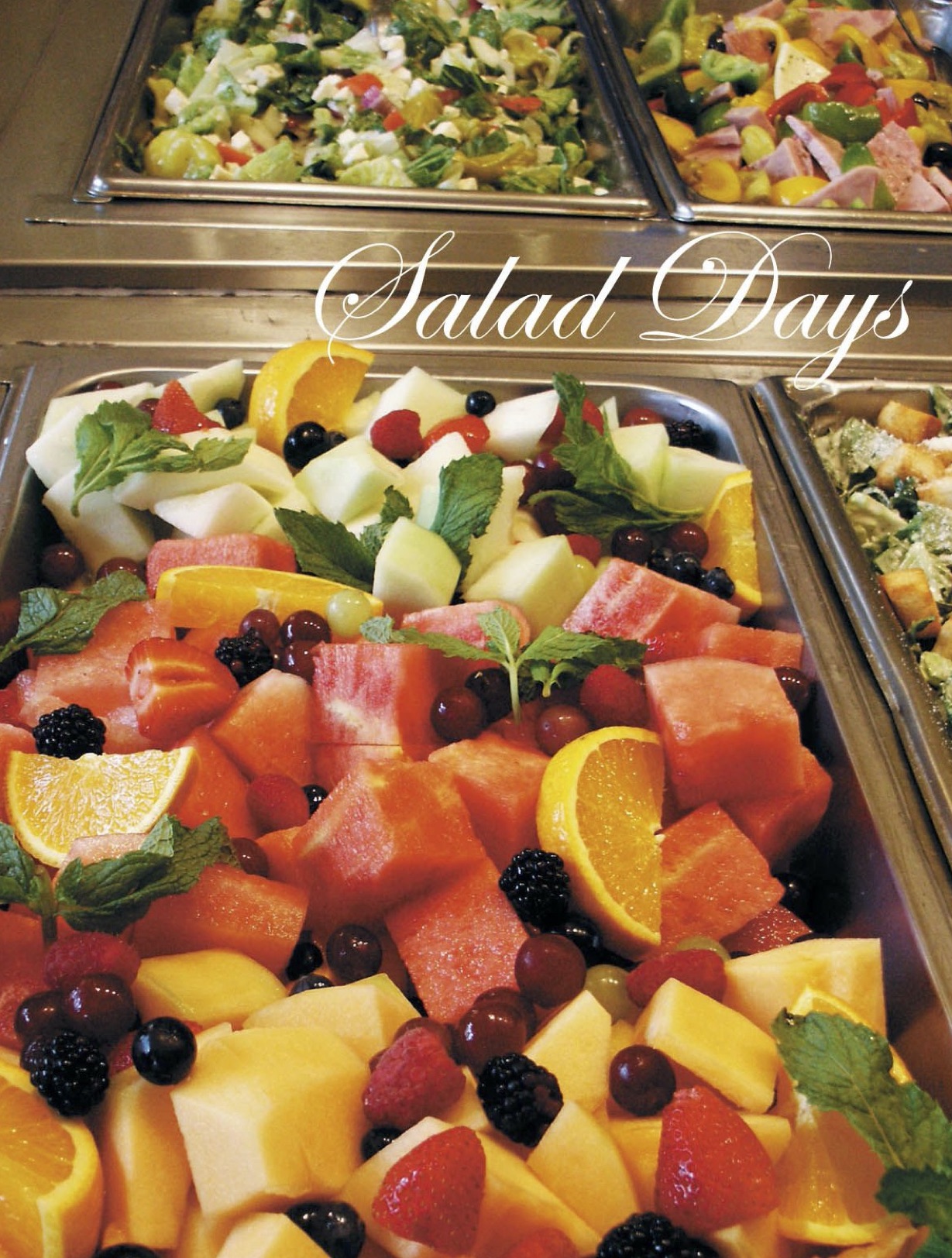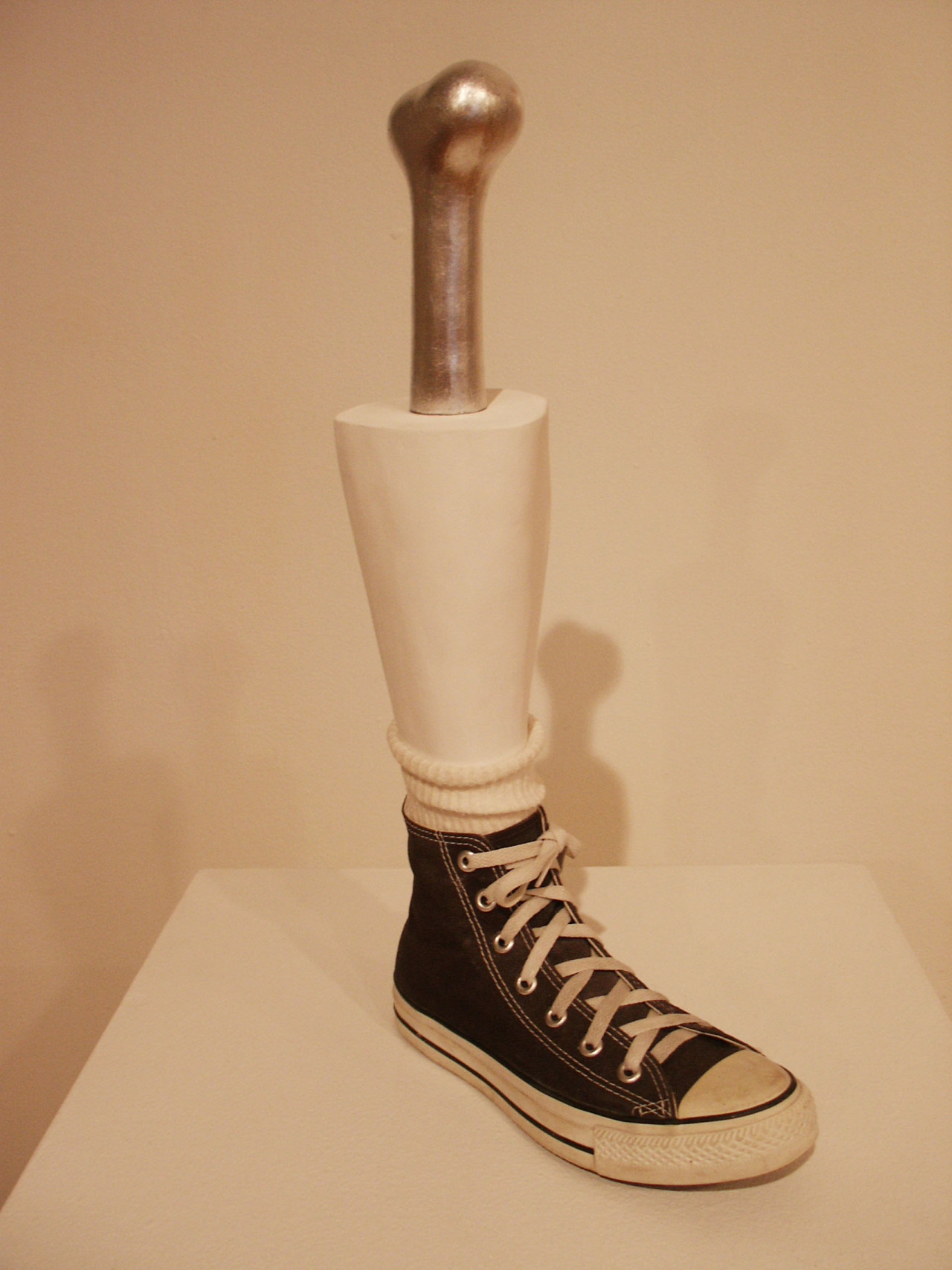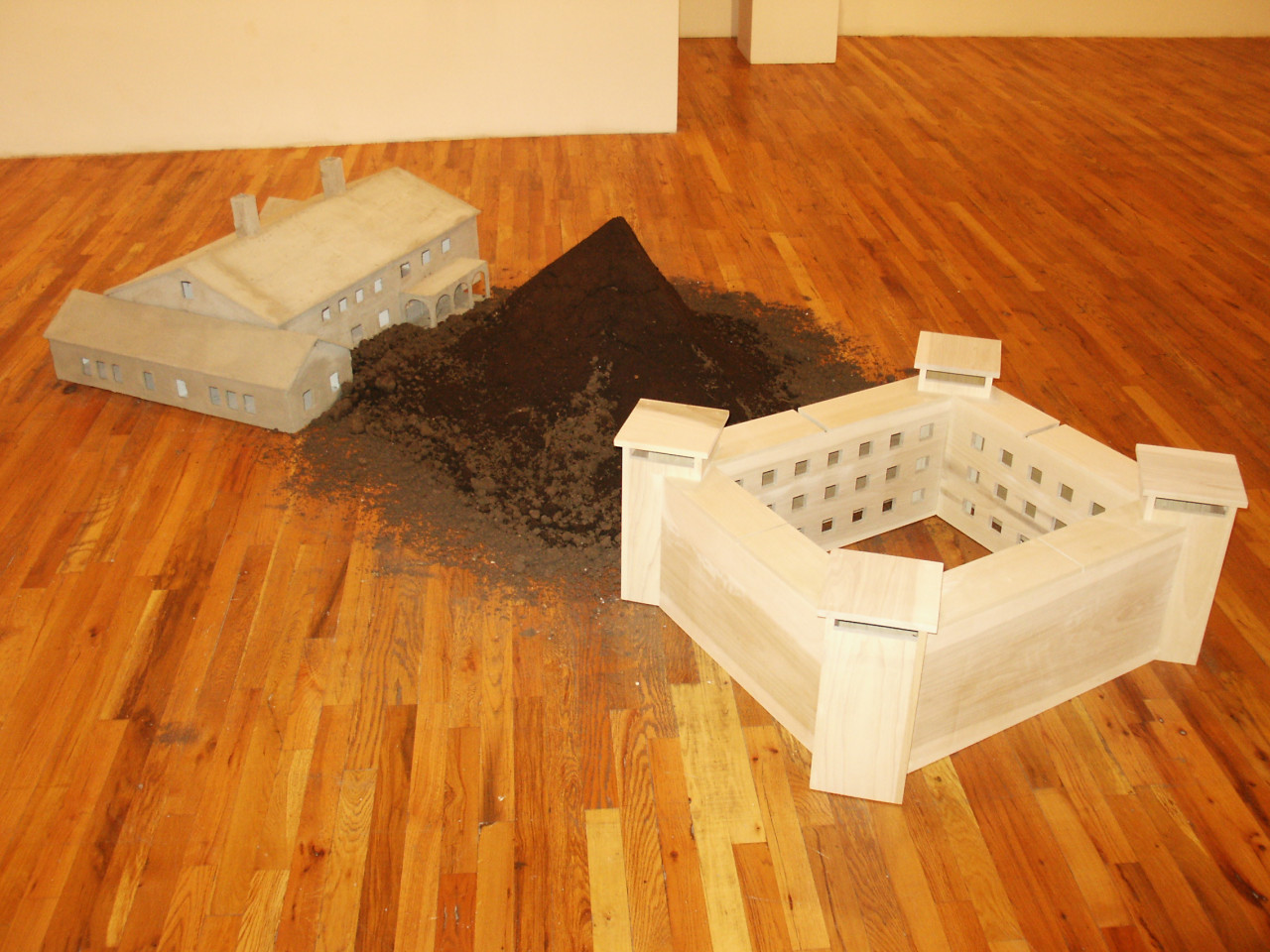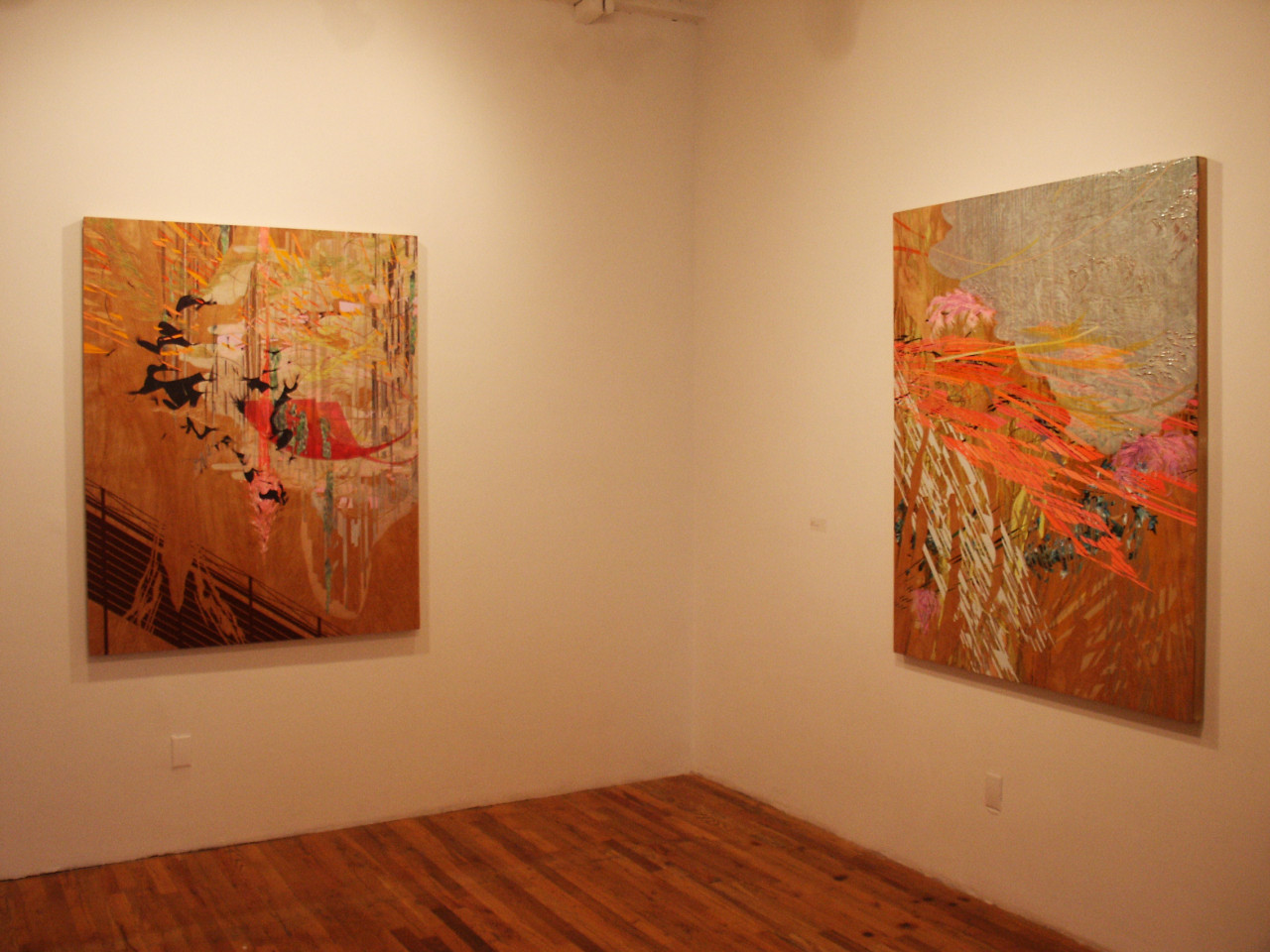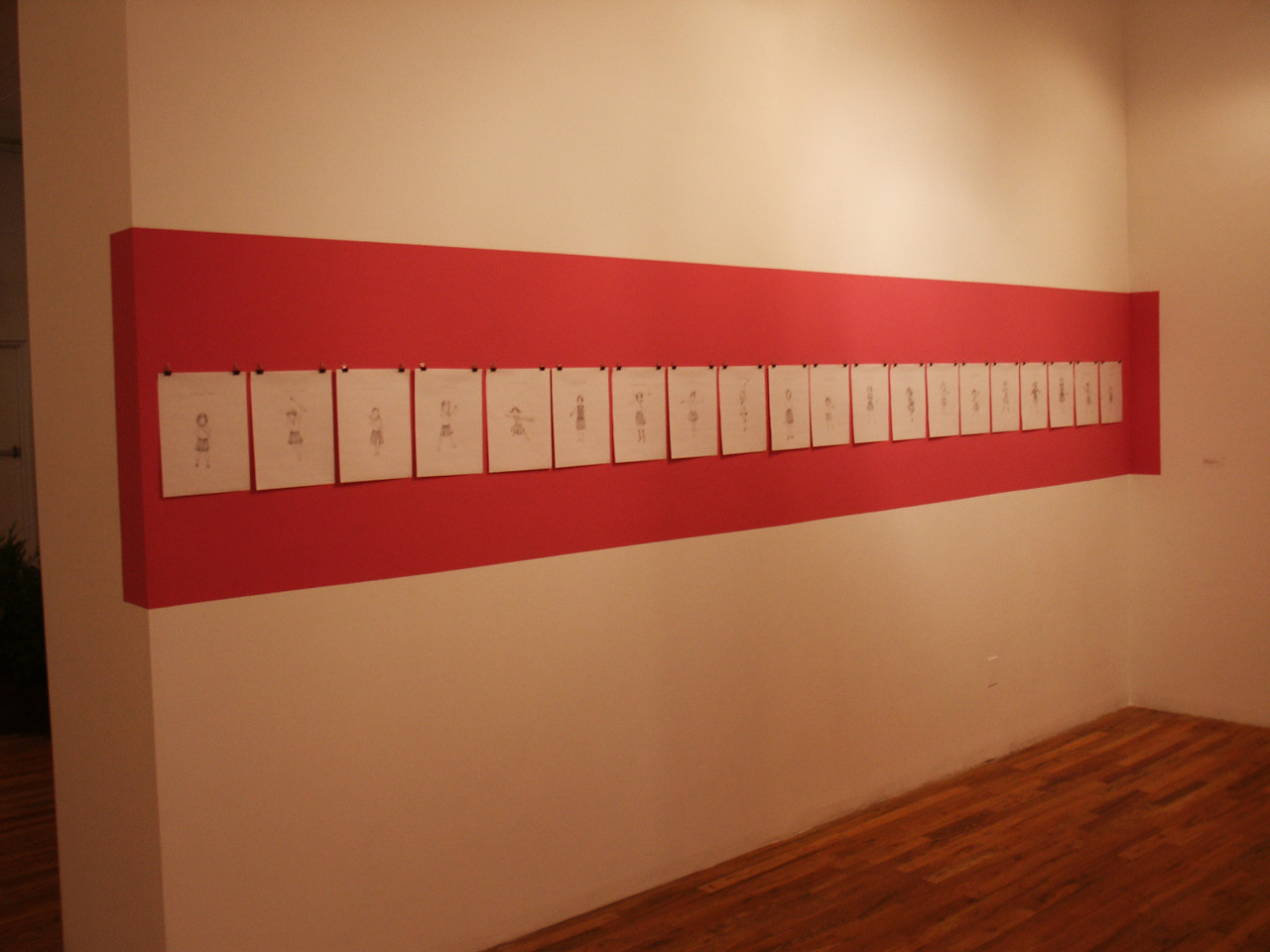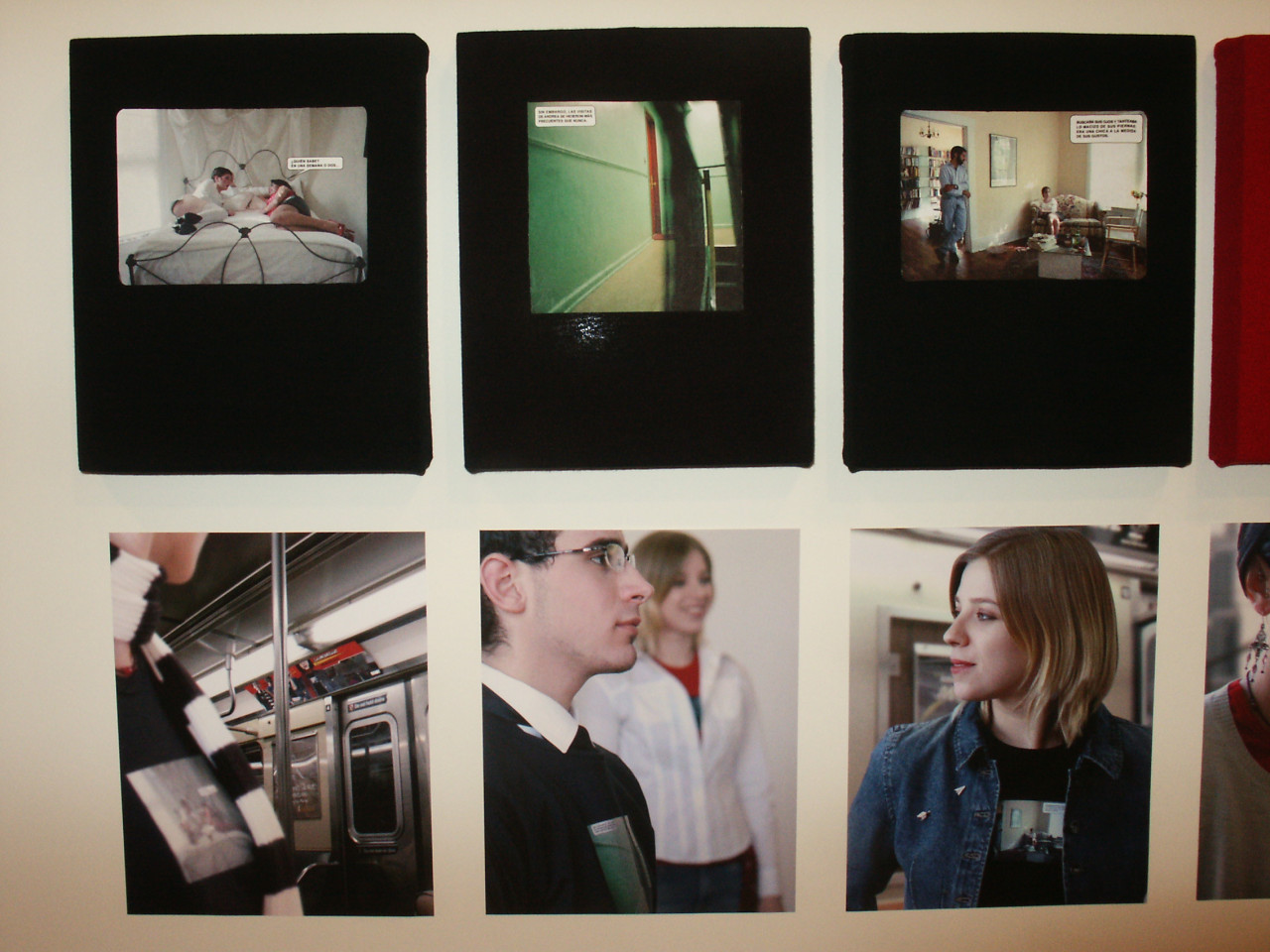Hank Willis Thomas’ images and objects explore the tenuous relationship between history, the body, race, class and commercial markets, visually examining the ways in which each of these aspects comes to bear on today's carefully and intentionally developed products, logos and corresponding ad campaigns.
Claudia Joskowicz's work focuses on the lapses in narrative that are formed when texts or events are taken out of their original context and represented through popular media; be it television, film or the internet.
Drew Gilmore takes urban icons and objects and transforms them through specific materials into minimal sculpture and installation. The content of his work is a re-evaluation and contemplation of urban experience though specific building types or geological formation, often skewing or reversing their original meanings.
Jackie Salloum’s Arabs-a-Go-Go presents a lively video montage of Middle Eastern films from the 1930’s through 70’s paired with an equally invigorating soundtrack. Salloum’s video is a reminder that lighthearted, popular culture occurs around the globe and despite regional/ethnic variations, they share the characteristic youthful and good-humored elements of American pop culture.
In the paintings of Lisa Hamilton, fragments of reality, perceptions, thoughts and dreams weave in and out of the picture plane as exact lines, dizzying swirls, and quasirepresentational images. This confrontation takes place on wood panels, creating places of tension with the vibrantly colored paint.
In the series I am the Real Princess of the Magical Land, Jiae Hwang confronts the images of power, youth, hope, and uncanny innocence as a statement of individualism or standardization. In these works, the artist celebrates and neutralizes reality by deploying a weapon of cartoon-like figures (anime) to reinterpret the universal image of school girls’ uniforms.
Ross Cisneros’ Native is a video work that addresses the evangelical concerns of the artist and Bubbles, the film’s narrator. Native is a duel between the existential real, the myth of the West, and what’s cool.
Through her own experiences with chemotherapy as an early adolescent, Brigitte Boyer’s work, The Sick Collection, discusses issues of the human body, the inorganic versus the organic, the natural against the fabricated. By using modern medical practice as a vehicle to visualize her experiences, her work portraits how the human body could be changed into a different form, like a cyborg.
Lisi Raskin’s projects include mock test sites, fictional neurotic scientists and make-believe spaceships that are at once playful and carefree but also laden with anxiety and fear. Her most recent work = (equals) is a landscape portrait that examines and compares three different sites: the desert, an active nuclear power
plant, and an Olympic diving and swimming pool that was once a large Jewish cemetery.
Ezra Johnson uses painting, drawing, and sculpture to create pieces that capture everyday scenes and commercial products. His work can be seen as a filter through which cultural clutter is processed, blending together the media’s constant bombardment of images to create a balanced scene from all the chaos.
Matt Siegle constructs meticulous collages of Sports Illustrated football players and greeting card animals using quotidian materials such as plastic baggies, Scotch tape, discarded frames and contact paper. These iconic figures are placed within a new context, giving the viewer a fresh look at banal images and prosaic resources.
In Architecture: Consuming that Which Consumes Emily Katrencik examines space and architecture by balancing between social boundaries and structures. Part of the piece presents lollipops made from sugar, corn syrup and concrete of a Le Corbusier building, suggesting an invitation for the spectator to consume
the wall alongside the artist.
